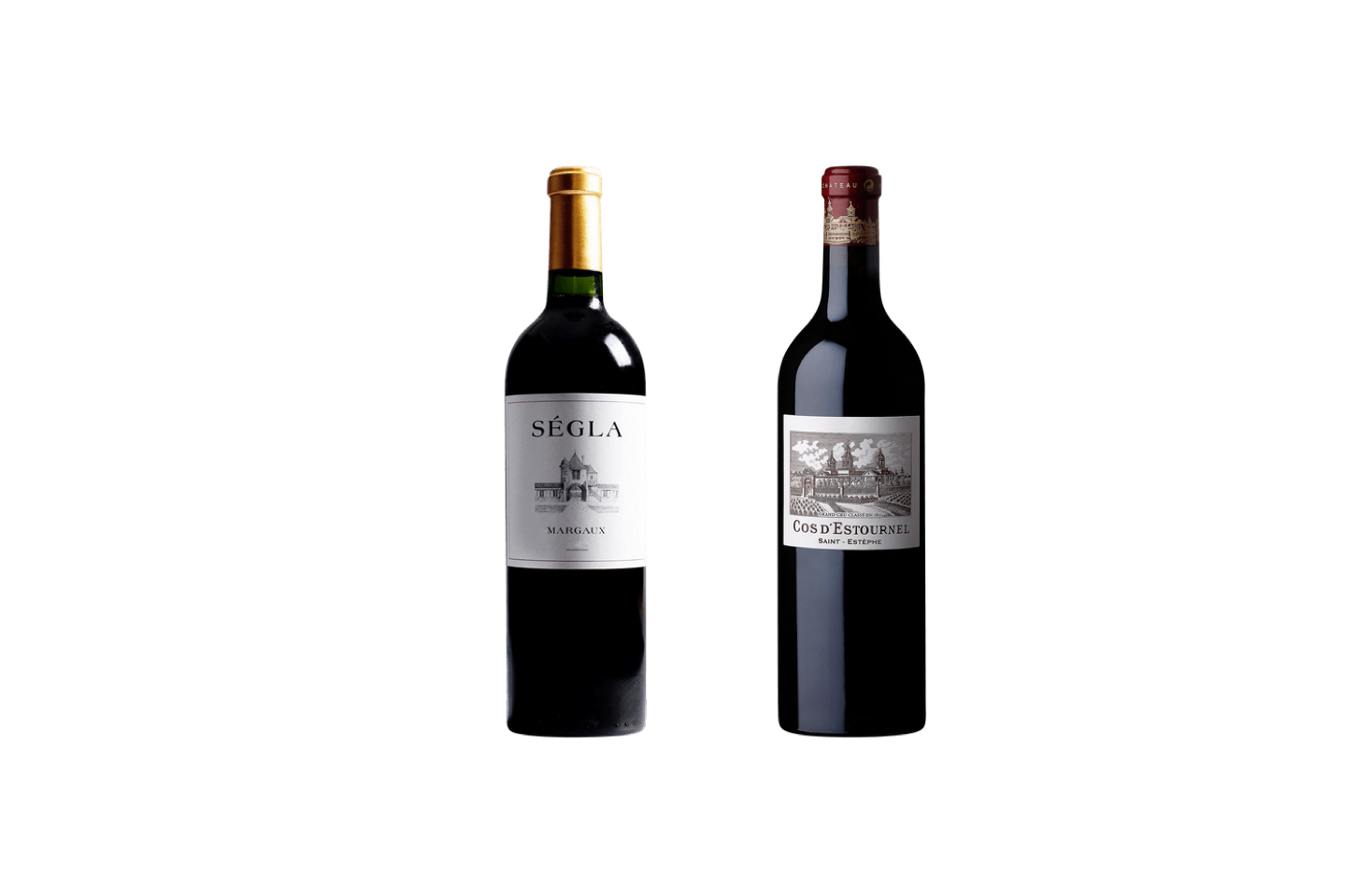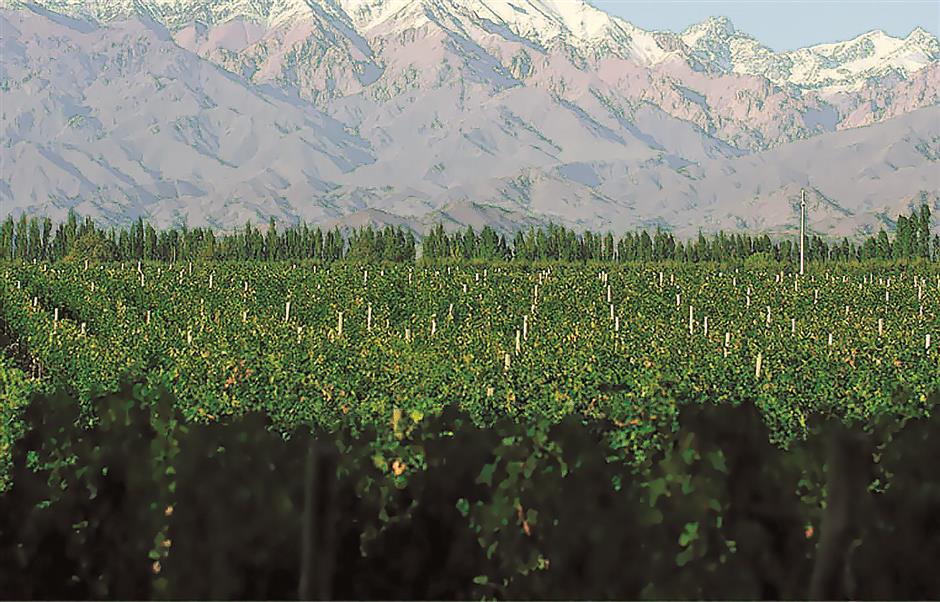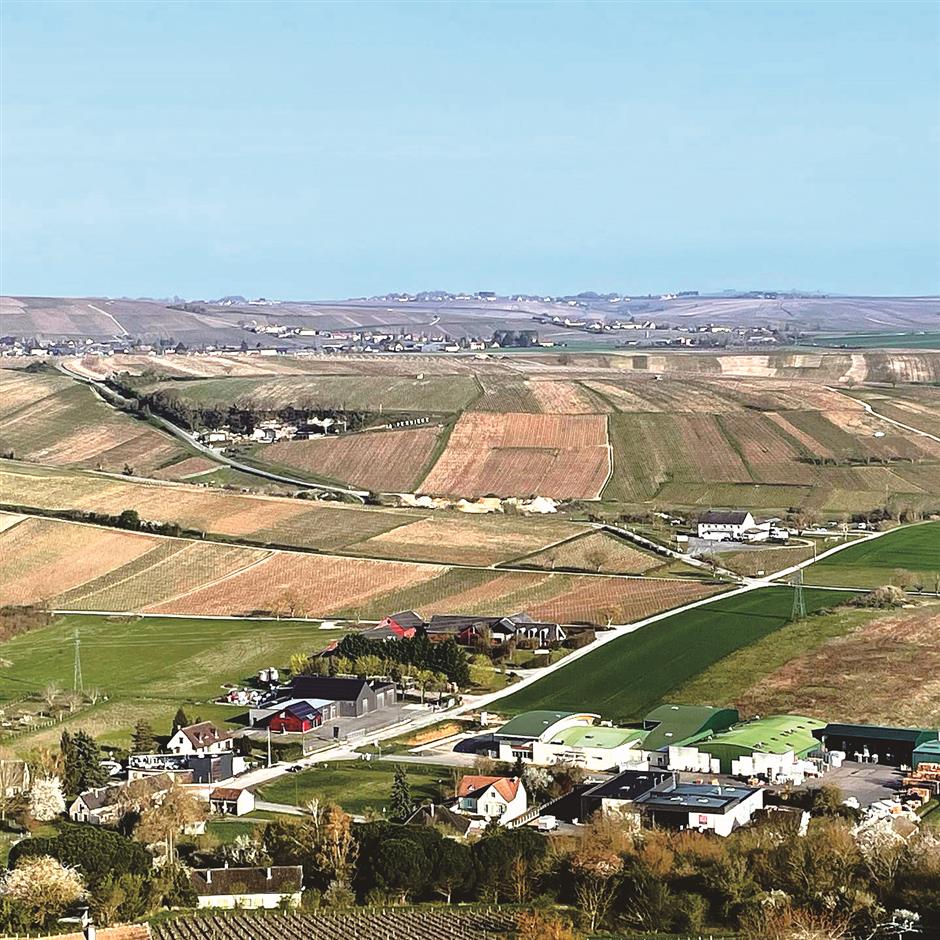Golden ages of great metropolises like wines are neither designed nor constructed for immortality. Instead they are temporal reflections of a need to appease, please or accommodate the times. When my colleagues at Shanghai Daily approached me to compose a wine column somehow related to the last golden age of Shanghai from the 19th century to the roaring 20’s and 30’s of the past century, I naively accepted the challenge. Despite the often tumultuous times of this age, the lights of Shanghai shone brightly and the city was often affectionately referred to as “the Paris of the East”.
Good stories necessitate focus and my approach or angle with this story was to take a look at what wines graced the tables of the affluent society of Shanghai during this golden age. Initially, I thought a few cleaver searches on the Internet would yield a wealth of information. Unfortunately the Internet showed it predilection to be selectively complete and yielded absolutely nothing about popular wines in Shanghai’s grand past. Another more traditional approach was required. I’m fortunate to have several gourmet friends in Shanghai and even Paris, New York and London who have memories of their parents, grandparents and even great grandparents who lived in or passed though Shanghai in the late 19th and early 20th centuries. Because these were gourmet families who were passionate about the subject, the family stories that were passed down through the generations were interspersed with tales of meals, parties and other gourmet events. Over two decades ago, I myself had a wine and experience that also contributed to my quest for information. This memory and the collective recollections and stories of my gourmet friends helped me start to piece together an insight into the libations of the Shanghai elite in the golden years.
Rauzan Segla
For much of the 20th century the historically great second growth Bordeaux Chateau Rauzan Segla was underperforming. In the minds and palates of most wine connoisseurs the mercurial third growth, Chateau Palmer, ascended to the lofty position of Margaux Appellation’s second best wine, behind the legendary first growth Chateau Margaux. The return to greatness for Rauzan-Segla started with the great Margaux vintage of 1983 which I first tasted over 20 years ago in the acclaimed La Caravelle French restaurant in New York City. I was savoring the then youthful 1983 wine with my Chinese girlfriend while the elderly sommelier Jean-Claude enthusiastically told me tales of when his father worked in Shanghai in the 1930s and how Rauzan Segla was one of the most favored wines due to its elegant fragrance and smooth, velvet like texture. The 1983 vintage of Rauzan-Segla is still a superb wine and well worth its lofty price tag. If you can find the great 1983 vintage, other more recent vintages that are easier to find include 2000, 2001, 2003 and 2005. The wine and my meal so many years ago remain a great memory, but alas the restaurant is now closed, the wine hard to find and the girlfriend gone.
Cos d’Estournel
Featuring an iconic oriental pagoda chai, this Saint Estephe, Bordeaux red wine has long been associated with the orient. When it was classified as a second growth at the Paris World’s Fair in 1855 the popularity of the chateau soared and in the late 19th century was coveted by the Maharajahs and Nabobs of South Asia and also the preferred wine at the Palace of Zanzibar. In fact, the doorway that adorns the chateau today was sent over from the Palace of Zanzibar. Queen Victoria and Karl Marx also favored the wine. The earliest record I can find of Cos d’Estournel in Shanghai is when it was served at a large Jewish wedding in 1928 but I am quite certain the wine was savored in our city many decades before this date. What made Cos d’Estournel so prized in far off lands like China, India and Africa was the ability of the wine to travel.
Saint Estephe is the northern most quality sub-appellation on the left bank of Bordeaux and is renowned for making big and tannic red wines. While more delicate Bordeaux reds suffered from the rough sea voyages of the 19th and early 20th centuries, some wine connoisseurs believed that Cos d’Estournel actually benefitted from the voyage. In the 19th century the founder of Cos d’Estournel often hosted gala dinners at his chateau and served bottles of his wines marked “returned from India”. He believed that the lengthy round-trip made the wine softer, more open and approachable. Diners in Shanghai must also have appreciated the fortitude of this great Bordeaux as they dined on the unique “dacai” fusion cuisine of the day. Cos d’Estournel is readily available in Shanghai today and some of the best recent vintages you can find are 2005, 2006, 2008 and 2009.
Other favorites of the times
In addition to Bordeaux wines, the privileged classes of Shanghai also enjoyed Champagnes from leading houses including Moet & Chandon, Veuve Cliquot, Pol Roger and Bollinger. By the 1920s there were 60,000 expatiates living in Shanghai and an even larger number of wealthy Chinese who selectively adopted western lifestyles including appreciation of foods and wines. Records of western and Chinese celebrations show that Champagne played a prominent role at many festivities. The prominent Jewish businessman of English decent Victor Sassoon was one of the richest and most flamboyant figures of Shanghai in the early 20th century. He built and owned the Cathay Hotel, now the Fairmont Peace Hotel, and glamorously entertained high society in Shanghai as well as world famous figures like writer Noel Coward and actors Douglas Fairbanks and Charlie Chaplin. Champagne, whiskies and other liquors flowed liberally as the celebrations often deteriorated to debauchery.
We’re all fortunate to be living in a new golden age of Shanghai. Wining and dining has never been better or more diverse. But can we really say that the wines that grace our tables today are truly better than those of yesteryear?





